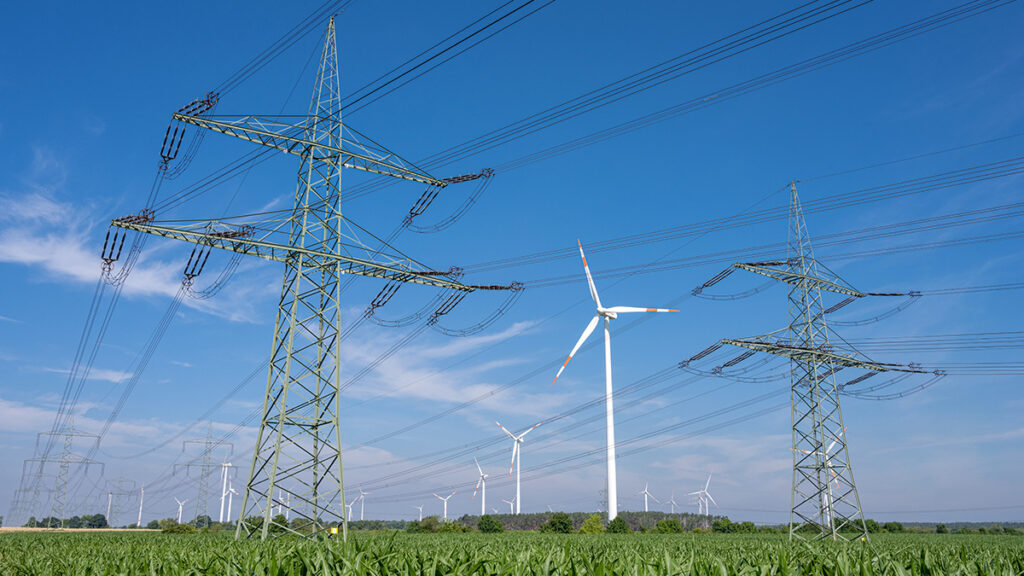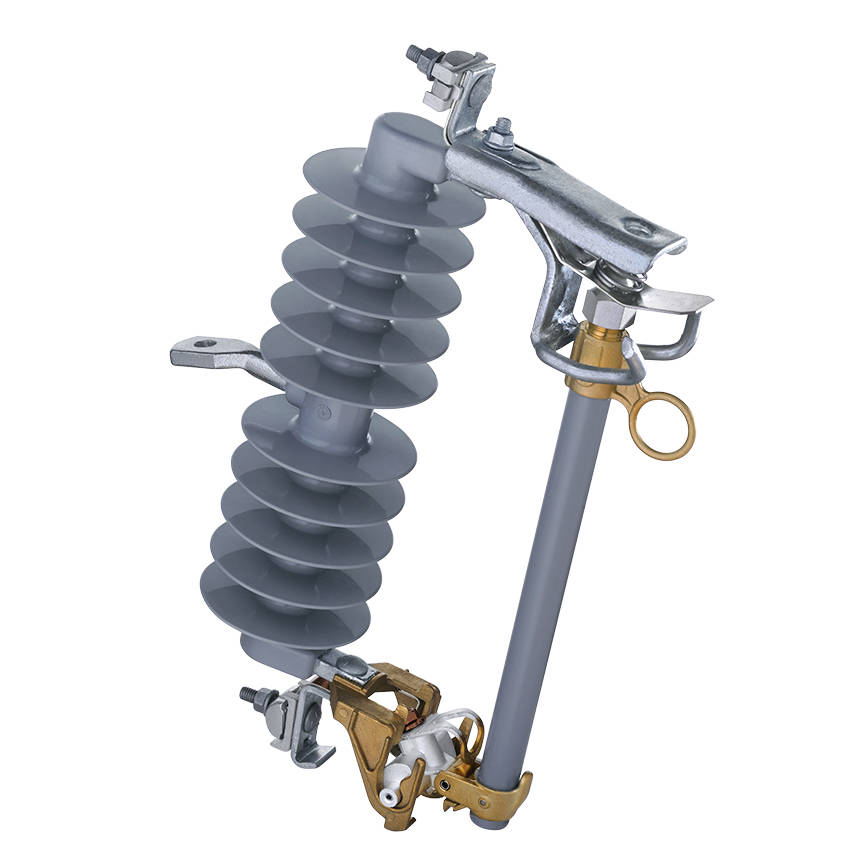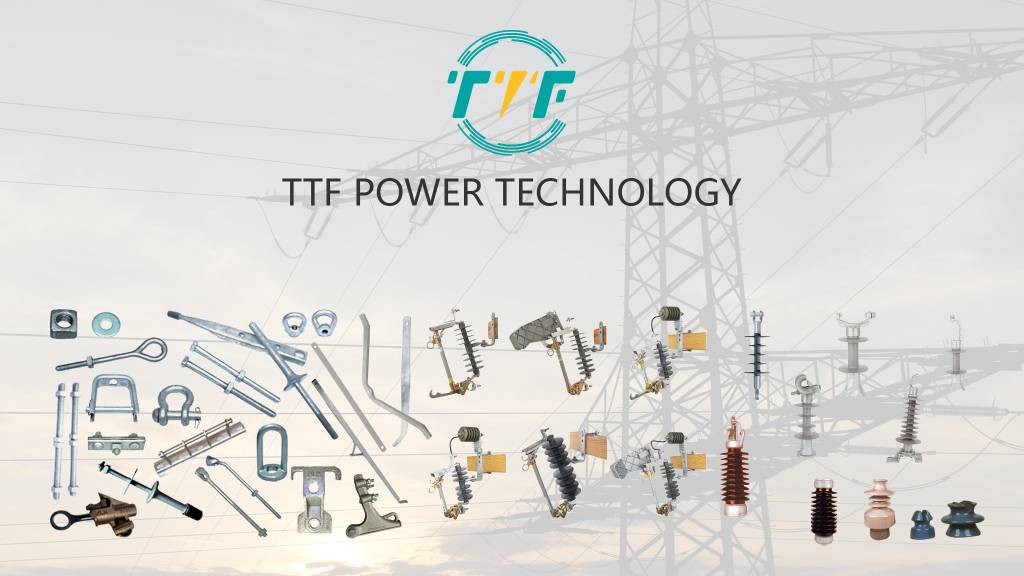
With increasing renewable energy generation, Colombia and Panama made progress toward regional energy integration. This development promises extra revenue for Colombia and deepens diplomatic and economic ties between two nations. Colombia is expanding its renewable energy sector in solar, wind, and hydroelectric power. Exporting clean energy to Panama provides a new stream of income for Colombia. The diversification helps stabilize the economy and reduce dependence on fossil fuels. Panama has a growing economy and rising electricity needs that enjoy the reliable, clean, and affordable energy source. This energy can help Panama meet its energy goals while cutting carbon emissions and reducing its reliance on fossil fuels. The energy export project involves upgrades to cross-border transmission infrastructure. It can foster a more resilient and flexible power grid across South America and enable better crisis management. Cutout fuses protect energy export infrastructure between Colombia and Panama.
Cross-border energy infrastructure demands robust components to protect transformers, transmission lines, or other grid components. A cutout fuse is a protective device used in electrical distribution systems. It consists of a fuse element, cutout body, and disconnect function. Its main purpose is to isolate faults before they damage transformers and substations. They act as first-line protection for distribution segments to prevent fault current from cascading across the interconnected grid. If a lightning strike causes an overcurrent, the fuse blows, isolating the affected section without disrupting the entire export flow. It also allows operators to reroute power while repairs are made. This is crucial for maintaining uninterrupted energy exports between the two countries.
Cutout fuses in cross-border energy infrastructure
Cutout fuses in cross-border energy infrastructure ensure the safety, reliability, and efficiency of power transmission. It is a protective device used in medium- and high-voltage power lines. Cutout fuses combine a fuse and a switch in one unit. It works by blowing the fuse when a fault occurs to prevent damage to transformers and downstream equipment. Cutout fuses serve at key junctions, substations, and distribution nodes, especially near border crossings or transition points. Here are the functions of cutout fuses in cross-border energy infrastructure between Colombia and Panama.

- Protecting transmission equipment—cross-border lines carry high-voltage electricity over long distances. Cutout fuses act as a first line of defense, protecting transformers, switchgear, and substations on both sides of the border from overloads.
- Localizing faults to avoid blackouts—if there is a fault on the Colombian side, the cutout fuse can isolate the problem before it affects the Panamanian grid. This prevents cascading failures to keep the lights on in both countries.
- Enhancing maintenance and troubleshooting—cutout fuses provide a visible sign when a line experiences a fault. This allows technicians to quickly identify and respond to issues.
- Ensuring compliance and safety standards —using reliable protection devices like cutout fuses helps ensure regulatory compliance. They meet electrical safety codes, which is essential when integrating different national grids.
Technical aspects of Colombia and Panama cross-border energy sharing
Cross-border energy-sharing projects between Colombia and Panama represent a major advancement in South American power integration. The interconnection is able to allow the exchange of electricity across national boundaries. It also enhances regional energy security, stability, and sustainability. The project needs careful planning, engineering, and collaboration. This interconnection sets the stage for a more resilient and integrated South American power grid. The following are the technical aspects of Colombia-Panama cross-border energy sharing.

- Transmission infrastructure—the project demands high-voltage transmission lines to connect Colombia’s electrical grid with Panama’s grid. This includes voltage level, line type, and length.
- HVDC vs. HVAC—the use of HVDC allows connection between asynchronous grids, provides better control of power flow, and reduces transmission losses over long distances. HVAC is common and cheaper to install and vulnerable to reactive power losses over distances. The use of these options provides better control and lower losses over the terrain.
- Substations and converters—major substations and converter stations are able to handle voltage transformation, power flow control, fault detection, protection, and isolation.
- Grid compatibility—compatibility between these countries involves frequency synchronization, phase balancing and voltage regulation, and protection coordination.
- Control systems and SCADA integration—the project must integrate SCADA systems to track, manage, and optimize energy flow. This includes real-time power flow monitoring, load forecasting, remote fault detection and isolation, and cybersecurity protocols to protect against digital threats.
- Economic and load-sharing mechanism s—energy can flow bi-directionally depending on demand fluctuation, renewable generation surpluses, and market-based dispatch rules.